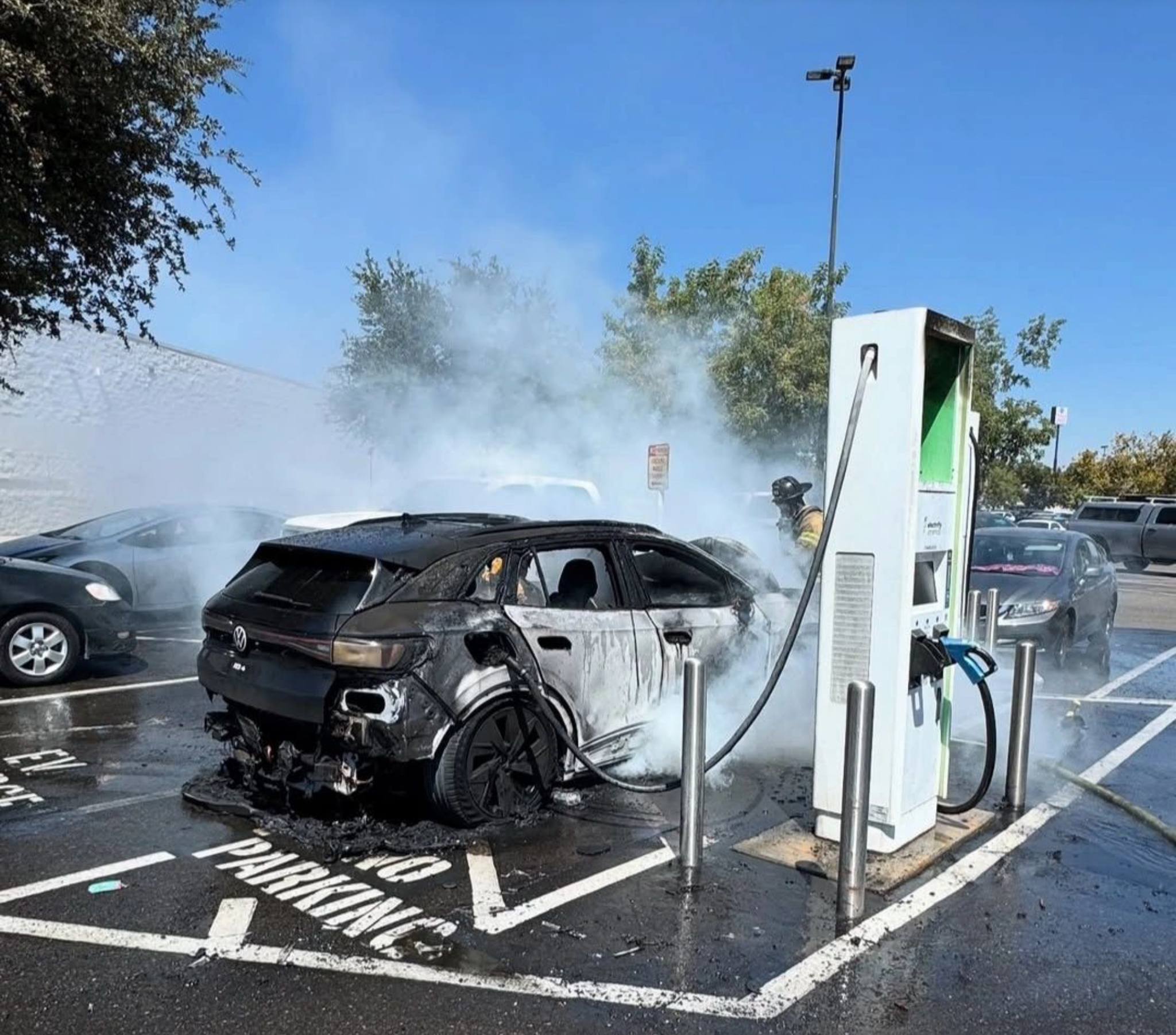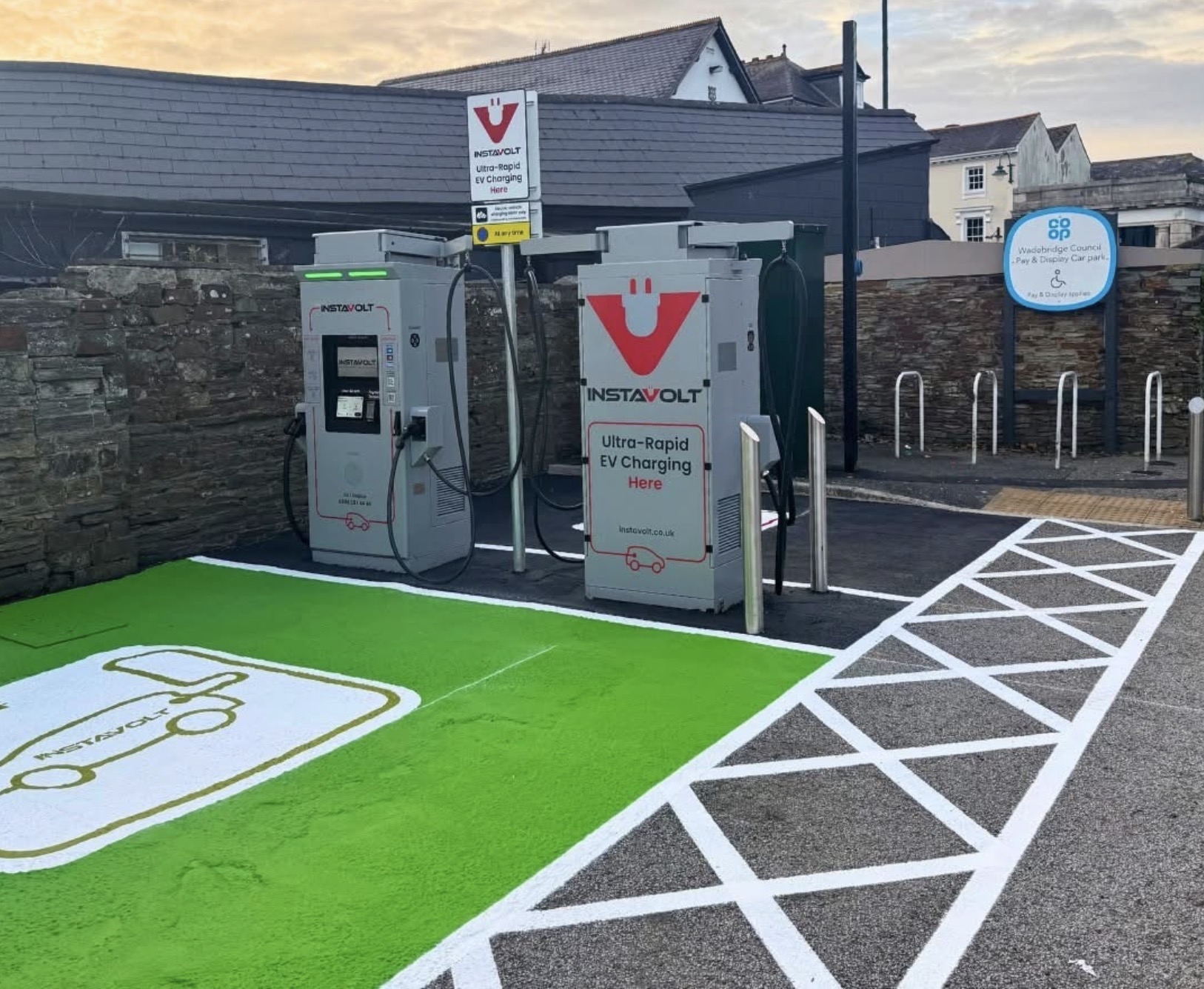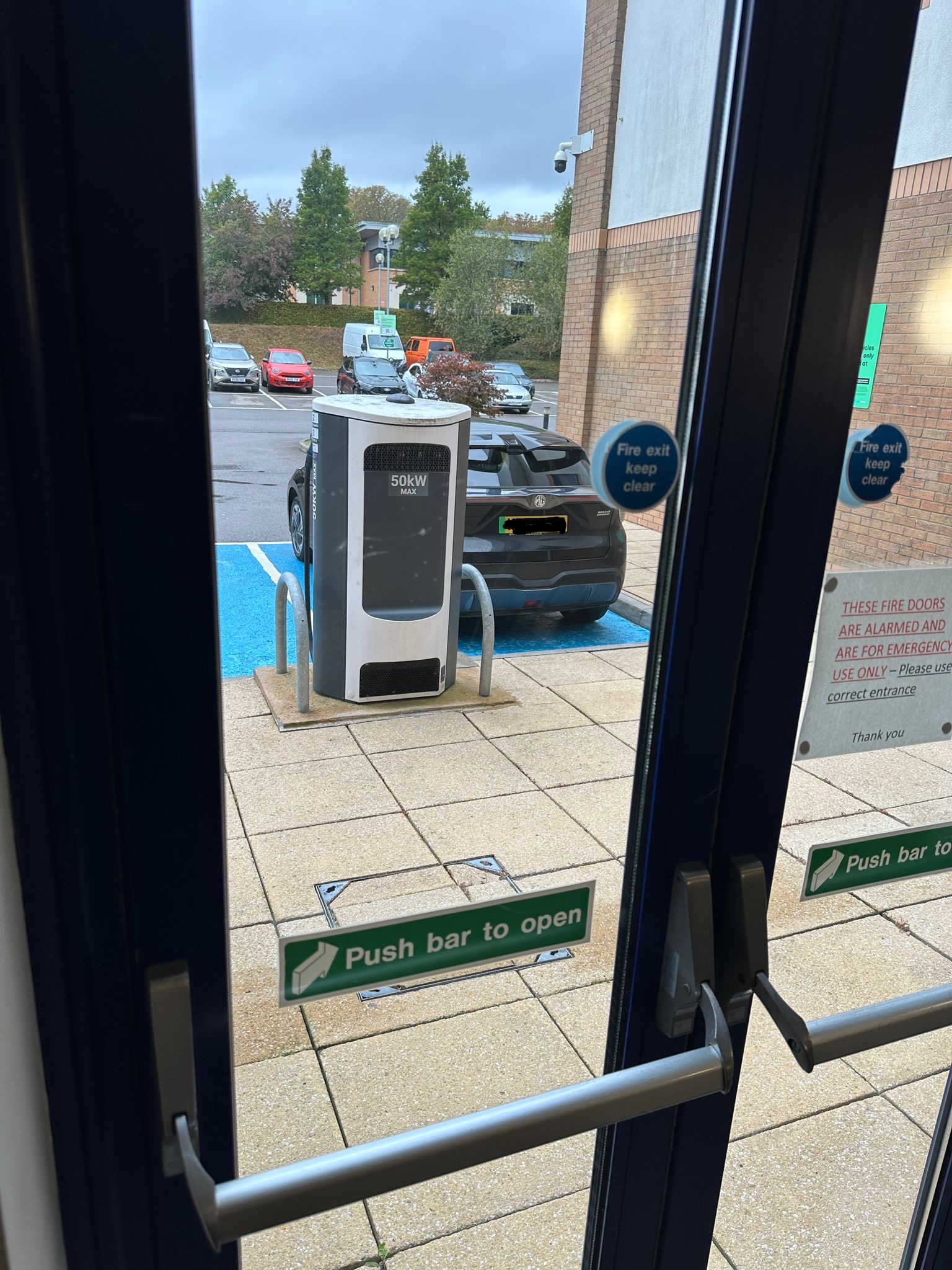Responder and Public Safety: Are We Ready for the Battery Revolution?
The Challenge
Electric Vehicle (EV) charging and Battery Energy Storage Systems (BESS) are reshaping how we power our transport and communities — but how well do they fit within existing safety and risk assessment frameworks on fuel station forecourts and public sites?
Battery technology is nothing new, but lithium-ion has taken it to new heights of power density and endurance. Once confined to phones and laptops, these batteries now power everything from e-scooters to heavy goods vehicles — even electric fire engines. They’re also critical in energy storage, supporting solar farms, wind turbines, and grid stability during peak demand or outages.
But with innovation comes risk.
From Petrol to Power Cells
For over a century, we’ve safely managed the risks of fossil fuels. Since the Petroleum Act of 1862, the UK’s fuel forecourts have become some of the most tightly regulated public spaces — generally, only human error introduces danger.
Now, as these same sites host EV charging points and BESS installations, the picture is changing. Where grid capacity is limited — such as motorway service stations — on-site BESS units often become essential. Many rapid chargers also contain integrated storage, and incidents have already occurred involving such systems.
Existing legislation can be adequate — but only if the person conducting the risk assessment truly understands battery behaviour. Don’t be fooled by the claim that “EV fires are rare.” While vehicle fires of any kind are uncommon, lithium-ion systems behave very differently and can escalate fast when compromised.
Understanding the Risk: What Happens Inside a Battery
A lithium-ion battery functions like a “rocking chair”, shuttling electrons back and forth during charge and discharge. However, when abused — by overheating, penetration, or overcharging — it can enter thermal runaway.
Research shows instability begins at 60–90°C, with temperature potentially rising 10°C per minute. Once venting occurs, a toxic cocktail of gases is released, including hydrogen fluoride, carbon monoxide, and hydrocarbons.
A 90 kWh EV battery can emit many thousand litres of toxic vapour — and BESS units pose the same challenge, only at much larger scale.
Add to this:
- Jet-like flames reaching up to 2,200°C (compared with ~750°C for petrol fires)
- The potential for explosive events
- And the near impossibility of extinguishing a lithium fire
Fire services have few options:
- Let it burn out
- Use thousands of litres of water
- Contain it with a vehicle fire blanket
That’s why informed risk assessment isn’t optional — it’s essential.
Legislation and Good Practice
Several existing laws apply to BESS siting and safety, but understanding how they interact is key.
Health & Safety at Work etc. Act
Section 3 obliges employers to protect any person who could be affected by their activities — not just employees but also visitors, contractors, and the public.
Fire Safety Order
When planning a BESS installation:
- Site units away from sleeping risks (e.g., hotels, LGV rest areas)
- Keep means of escape routes and assembly points at least 100 m upwind
- Protect against vehicle impact
- Apply petroleum regulations if near a licensed fuel site
- Provide a remote isolation switch/button, just as with petroleum systems
Electricity at Work Regulations
- Clear external danger signage
- Permits to work and strict access control
- Only qualified, equipped personnel to work on systems
- Recognise and mitigate arc flash risks
Detection, Suppression, and Design Considerations
Early detection and system integration are vital. Every BESS should include:
- Gas/vapour detection within the unit
- Manual alarm call point at a safe distance
- Automatic isolation of mains supply upon alarm
- Explosion relief in the roof structure
- Realistic suppression strategy — gas-based systems have limited effect on thermal runaway
Key Takeaways
- Many EVs on UK roads are retrofitted, with varying build quality.
- Reliable fire data comparing EVs and ICE vehicles doesn’t yet exist — but EV fires pose different and greater hazards.
- 60% of businesses experiencing a serious fire never trade again — prevention and planning matter.
Final Thought
The shift to electric mobility and distributed energy is unstoppable. But as technology races ahead, safety standards must keep pace. We’ve had 160 years of petroleum safety regulation — now it’s time for equally robust, enforceable standards for batteries, charging infrastructure, and BESS systems.
Because responder and public safety really does matter.


